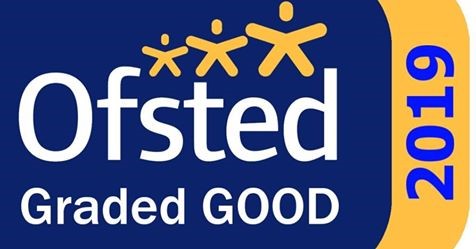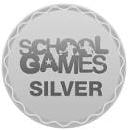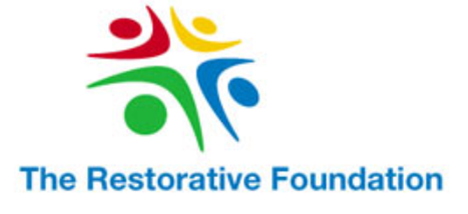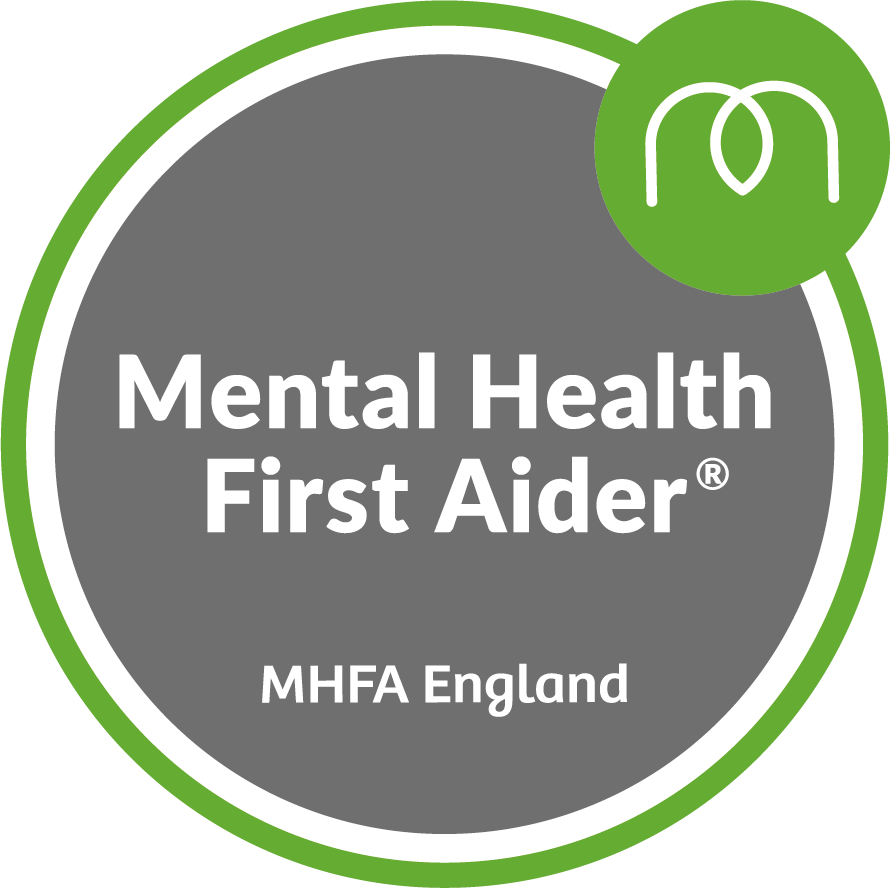|
Intent Statement
Our Art and Design curriculum is underpinned by the National Curriculum but adapted for our school. The progression document outlines the progression of skills, use of different medias, vocabulary, and knowledge about Art and Design for each year group. Pupils will be encouraged to explore their creative imagination, inspired by the works of a variety of artists and architects. They will have a primary focus on succeeding in the task they are set but also given many opportunities to investigate different ways of using the tools and media given to them. They will develop and build on the language associated with tools, media, techniques and evaluation. Children will respond in Art and Design to what they see, feel and think through the use of colour, form, shape, line, pattern, texture and tone (formal elements). In our school, the children will begin to understand local art inspiration, such as the manor house and the waterways, and how their learning links to our school ROOTS. They will learn about respecting all artists and their works, opening their minds to a variety of art forms and overcoming challenges when they face a new learning. They will be involved in hands on experiences, such as ‘doing’ in lessons, and learning through their environment. Implementation
Art and Design is usually included within our thematic units, with artists and pieces of art and design selected that are either contemporary to the focus of the unit, or create a mood an atmosphere that supports engagement with the learning. Teachers plan from the selected topics on Kapow that ensure the balance of media, artists and skills across the curriculum and through the different year groups. Where teachers wish to vary things, they consult leaders to ensure that the breadth and balance is maintained. Teachers provide support to develop skills, through practical demonstration and/or video tutorials. Impact
Children are assessed on their knowledge of the unit at the end of each term. There will be a multiple choice end of unit assessment. At the start of each lesson, there are 3 flashback questions which support the quick recall of information to the previous lesson and previous units. Teachers do not mark the sketch books in anyway and give verbal feedback, both individually and as a whole class, to ensure clear progression in lessons. Progression
The progression between units and years are clear and steady. The units are recapped using flashback slides to avoid the loss of knowledge between coverage. Skills and knowledge are both progressed in most lessons through the use of verbal feedback and questioning. LOCAL COMMUNITY LINKS
MK Gallery Milton Keynes Arts Centre Arts Council England Westbury Young Artist of the Year 2023 We put four entries into the Westbury Young Artist of the year competition and, although they didn't win, the judges were very impressed with their attention to detail in their soap sculptures. Supporting From Home
Here are some links if you would like to support your child with developing their art and design skills at home: The Big Draw - The world's largest drawing festival Art and Design KS1/KS2: Schools Art and Design - BBC Teach Here is a link to a website where you can create your own graphic designs using a free online program: bomomo |
Art & Design in our school... |












